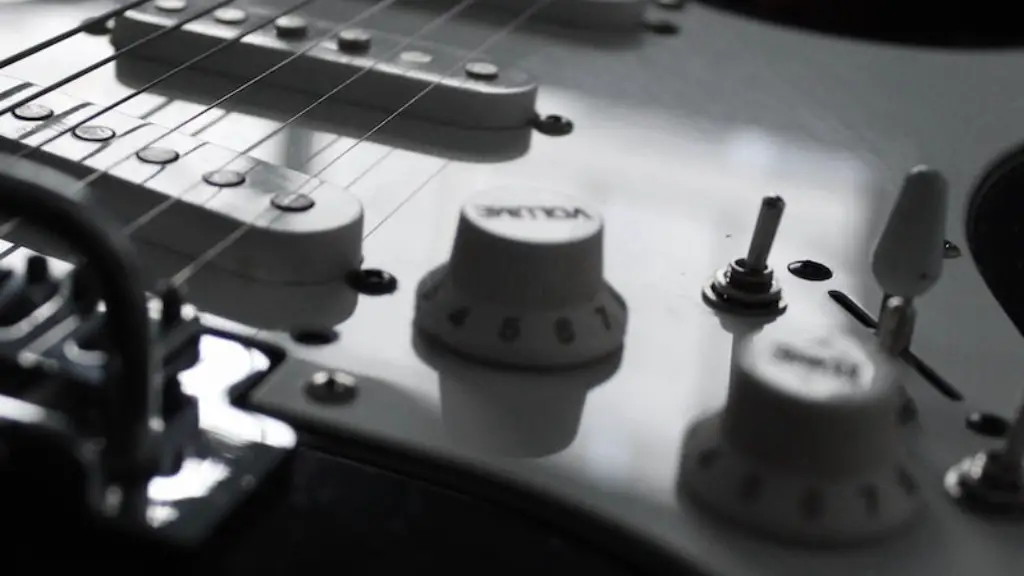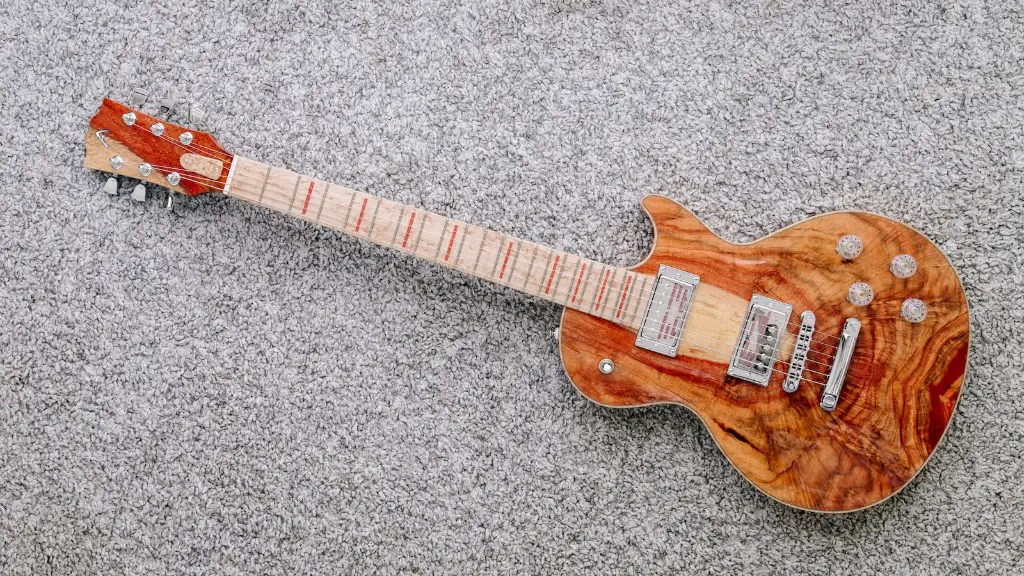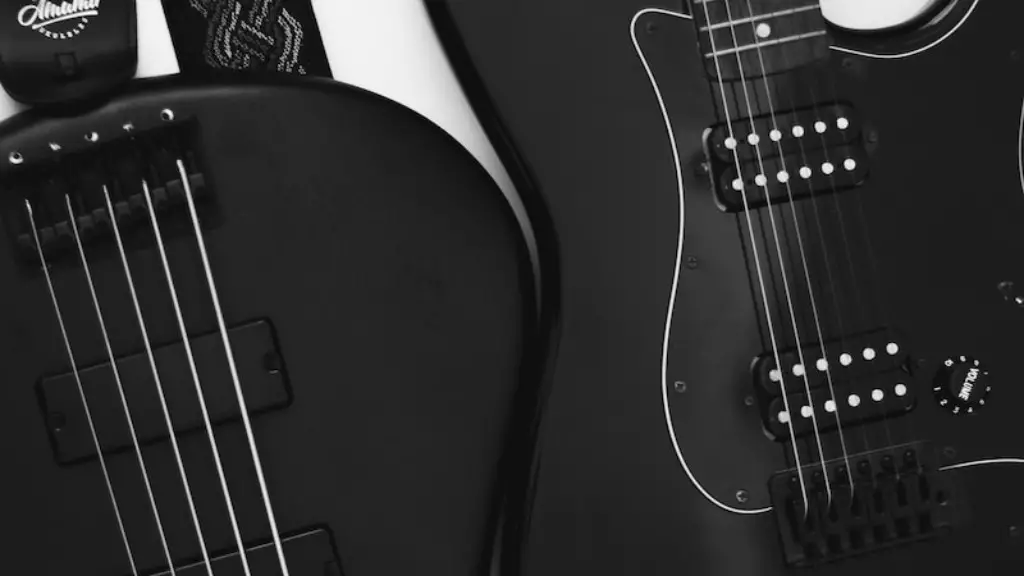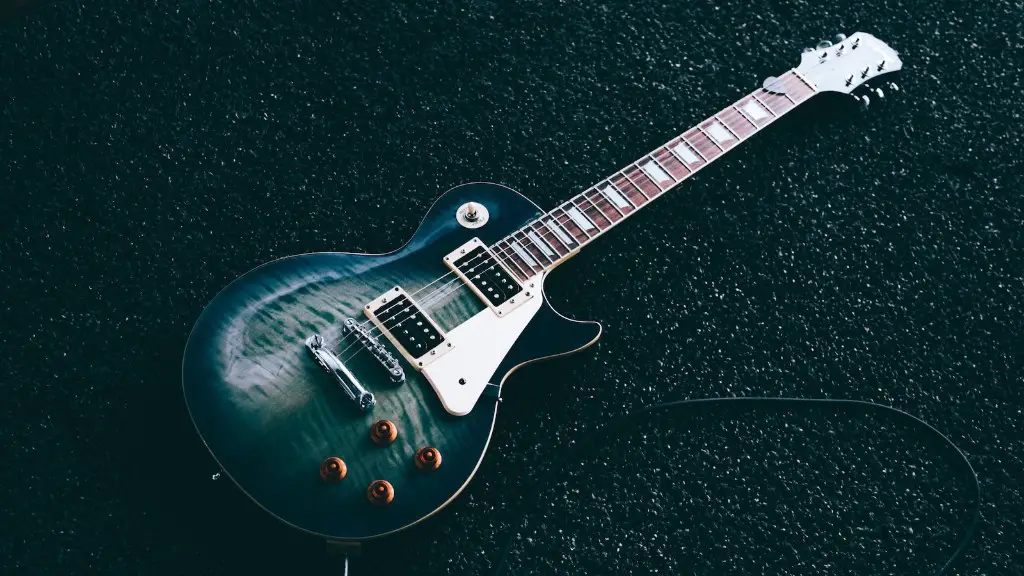The electric guitar has been an integral part of popular music since its invention in the 1930s. It has been used to create some of the most iconic sounds in rock, blues, jazz, and other genres.
The first electric guitar was made by George Beauchamp in 1931. He designed it to have magnetic pickups that could amplify sound and make it louder. After this, other manufacturers began making their own electric guitars.
In the 1950s, Fender and Gibson released their iconic Stratocaster and Les Paul models which helped to define the sound of rock and roll music. These guitars have become some of the most popular instruments in music today.
Electric guitars are now used in virtually every style of music and are available in a variety of shapes and sizes for different playing styles. The electric guitar has come a long way since it was first invented and continues to be an important part of modern music.
From its early beginnings to its current status as a staple instrument, the electric guitar is one of the most influential instruments ever created. Its unique sound has changed the way we listen to music and continues to inspire musicians all over the world.
History of the Electric Guitar
The electric guitar was first developed in the 1930s, when musicians and instrument makers experimented with amplifying traditional acoustic guitars with microphones and speakers. The first commercially successful electric guitar was released by Rickenbacker in 1935, and other guitar makers soon followed suit. Since then, numerous models and styles of electric guitars have been developed, allowing musicians to create a variety of sounds. Today, electric guitars are used in all types of music, from rock to jazz to country.
The development of the electric guitar has been an ongoing process that has evolved over time and has been influenced by a variety of different musical genres. Through experimentation with pickups, pickups placement, body shapes, bridge designs, and electronics technology; new sounds have been created that have changed the way we hear music today. The modern electric guitar is an incredibly versatile instrument capable of producing a wide range of sounds that can be used in many different contexts.
Types of Electric Guitars
The electric guitar was first invented in the 1930s and has since become an essential part of popular music. There are a variety of different types of electric guitars that can be used to create different sounds. The most common type of electric guitar is the solid-body guitar, which is a solid piece of wood with pickups and other electronics. Semi-acoustic guitars have hollow bodies with pickups and electronics, while acoustic-electric guitars are acoustic guitars that have been modified to include pickups and electronics. Other types of electric guitars include the bass guitar, which has a longer neck and thicker strings, as well as seven-string and eight-string guitars with additional strings for extended range.
No matter what type of electric guitar you choose, each one can produce beautiful sounds when used properly. With practice and dedication, any guitarist can learn to play their favorite songs on any type of electric guitar.
Major Innovations in the Development of the Electric Guitar
The electric guitar was first made in the 1930s, and has gone through countless innovations since then. The first major breakthrough was the invention of the solid body electric guitar by Les Paul in 1941. This revolutionary design allowed for greater volume, sustain and feedback control than acoustic guitars.
In 1954, Fender released their iconic Stratocaster model which featured a double-cutaway design that allowed for greater access to higher frets, a tremolo bridge for pitch modulation and three pickups that gave it greater tonal versatility than any guitars before it.
The 60s saw the emergence of effects pedals such as fuzz boxes and wah-wah pedals to create unique sounds never heard before. In 1965, Gibson released their legendary SG model with its sharp double-cutaways and powerful humbucking pickups that influenced generations of rock players.
In 1973, Roland released their GR-500 synthesizer guitar which was one of the first guitars designed with on-board synthesis capabilities. This allowed players to create complex sounds that were not possible on traditional electric guitars.
Throughout the years, various new guitar designs have been released with features such as active electronics and multi-scale necks to further expand on what is possible with an electric guitar. Today’s modern electric guitars are still being innovated upon, allowing players to create sounds they could only dream of decades ago.
How the Amplifier Changed the Sound of the Guitar
The electric guitar was invented in 1931, but it wasn’t until the invention of the amplifier that it really began to take off. The amplifier made it possible for people to hear the electric guitar’s sound at much louder volumes, which allowed for much more expressive playing. It also enabled musicians to experiment with effects like distortion and reverb, which would become staples of rock and roll music.
The amplifier also allowed for increased tonal options. With its use, musicians were able to create different styles of music like jazz and blues with their electric guitars. The added volume opened up a whole new level of creativity and expression that was not possible before. Furthermore, it allowed players to cut through a mix more easily while still retaining their individual sound.
All in all, the amplifier has had a huge impact on how we think about electric guitars and music in general. It has provided countless opportunities for experimentation and innovation, as well as allowing for greater expression from players than ever before. Without this crucial piece of technology, the sound of modern music would be drastically different.Electric guitar made an immense impact when combined with an amplifier.
The Impact of the Gibson Les Paul on Modern Music
The Gibson Les Paul electric guitar was first released in 1952 and has since become an iconic symbol in the world of music. It has been used by some of the most influential guitarists of all time, including Eric Clapton, Jimmy Page and Slash. The sound of this guitar is unmistakable and, as a result, it has had a huge influence on modern music.
The Gibson Les Paul is known for its warm, mellow tone and its ability to sustain notes for extended periods of time. This makes it perfect for playing complex lead lines, as well as providing a unique rhythm sound. The use of the humbucker pickups also gives it a distinctive sound that is full-bodied and powerful. As a result, many genres have incorporated the Gibson Les Paul into their sound – from rock to blues to jazz – making it one of the most versatile guitars ever made.
The design of the Gibson Les Paul has also had an impact on modern music. Its classic shape and sturdy construction make it a favorite among guitarists of all genres, while its stylish looks have been copied by many other manufacturers over the years.
In short, the Gibson Les Paul has had an undeniable impact on modern music since its release in 1952. Its unique sound and classic design have made it one of the most iconic guitars ever created and its influence can still be heard today in many different genres.
Its timelessness is what makes it such an important part of
How Technology Helped to Shape Modern Guitars
Technology has played a key role in shaping modern guitars, and the electric guitar is a prime example of this. The electric guitar was first developed in the early 1930s, and since then, it has been continually improved upon through advances in technology. With the help of technology, electric guitars have become increasingly powerful and versatile instruments, capable of producing a wide range of sounds from soft and subtle tones to hard-hitting metal riffs.
The introduction of digital technology in the late 20th century revolutionized the way electric guitars are produced and played. Digital effects pedals allow players to create unique sounds with their instruments, while digital modeling amplifiers can replicate the sounds of classic amplifiers from different eras. In addition, guitarists can now use computer software to record their music with ease.
Technology has also enabled modern guitar makers to create more precise and consistent instruments than ever before. Computer numerical control (CNC) machines are used to shape bodies and necks with extreme accuracy, while automated fret dressing machines ensure that frets are perfectly level on every instrument. This level of craftsmanship helps players get the most out of their instrument.
Finally, advances in technology have allowed for lighter weight materials such as graphite and carbon fiber to be used in guitar construction, resulting in instruments that are both comfortable and durable. Modern guitars demonstrate how technology can be used to achieve superior sound quality while providing an enjoyable playing experience. With continued innovation, electric guitars will
To Sum it All Up
The electric guitar was first developed in the 1930s and 1940s, but it wasn’t until the 1950s that the instrument became popularized. The electric guitar revolutionized music, allowing for a much fuller and more powerful sound than ever before. It also opened up a world of new playing styles, from rock and roll to jazz, from blues to funk. With its versatility and iconic sound, the electric guitar stands as one of the most important inventions of all time. The electric guitar has become an integral part of modern music, continuing to influence genres around the world.





